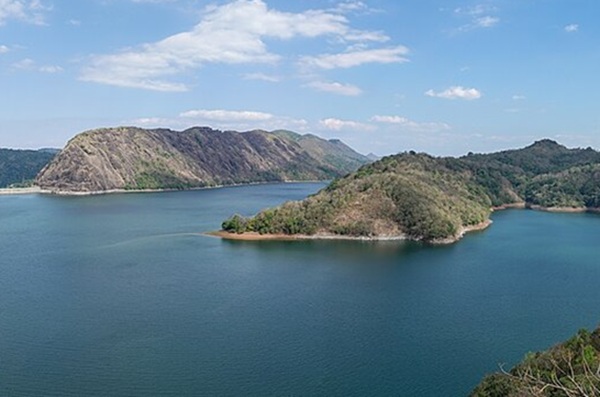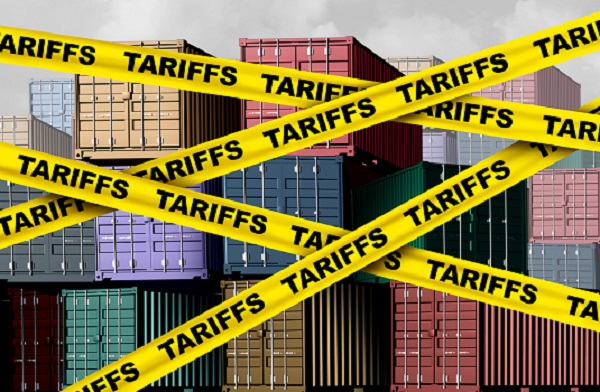Core Sector
Growth in India’s eight core industries rose to a 15-month high of 6.3% year-on-year in August, supported by double-digit growth in coal and steel and a favourable base effect. This was more than double the average growth of 2.8% in the first five months of the year.
The eight industries—coal, crude oil, natural gas, petroleum refinery products, fertilisers, steel, cement, and electricity—account for 40.3% in the Index of Industrial Production. Their strong performance is expected to lift overall industrial growth in August.
Coal and steel output grew 11.4% and 14.2%, respectively, in August.
The eight core industries had contracted 1.5% in August last year, but grew 3.7% in July this year.
The upside surprise also supports government capex narratives, but the reliance on coal and steel raises questions about how broad-based the recovery really is.
Revisions remain large, so the latest data should be read with caution. For example, July’s steel growth was revised up to 16.6% from 12.8%, while electricity was revised to 3.7% from 0.5%.
Week in Numbers
As the season nears its close, total Kharif acreage stood at 111.6 million hectares as of September 19, up 1.4% year-on-year and 1.8% above the normal area of 109.7 million hectares. Rice, which accounts for over one-third of Kharif acreage, rose 2.0% to 43.9 million hectares. Acreage under pulses edged up to 11.9 million hectares, while oilseeds acreage fell 2.7% to 19.0 million hectares.
India’s vulnerability to imported edible oils adds pressure on the current account. The skew also indicates that procurement and subsidy incentives continue to distort cropping patterns.
India is on track for a second consecutive above-normal monsoon. As of September 28, cumulative rainfall was 930.3 millimetres, 8% above the normal rainfall for the period. With just two days left in the season, rainfall is already 7% above the seasonal average of 868.6 millimetres.
The above-normal monsoon lifted water levels in key reservoirs close to capacity. As of September 25, storage in 161 major reservoirs was 163.3 billion cubic metres, down 0.6 billion cubic metres from the previous week but still 90% of live storage capacity and 16% above the 10-year average level. This marked the first weekly decline in 15 weeks.
This buffer ensures rabi output and stabilises hydropower supply, which can ease both food and energy inflation. The sustainability of rural demand in the coming quarters will hinge partly on this comfort in water availability.
India’s foreign exchange reserves stood at $702.6 billion as of September 19, down $396 million from a week earlier and $2.3 billion below the record high of $704.9 billion touched in September 2024. Foreign currency assets totalled $586.2 billion, while gold reserves stood at $92.8 billion. Overall, reserves have risen by $34.2 billion so far in 2025-2026, partly due to higher gold prices.
As always large reserves alone may not deter speculative pressure if global risk-off intensifies.
The rupee weakened in real effective terms in August, primarily due to a depreciation in the nominal effective exchange rate. The rupee had depreciated 0.7% against the US dollar during the month. The 40-currency trade-weighted real effective exchange rate(REER) index fell to a six-year low of 98.79 in August, from 100.19 in July, pointing to an undervalued currency.
This undervaluation should help exports at the margin, but with global demand weak, the competitive gain may not translate into higher volumes.
Net foreign direct investment surged to $5.05 billion in July, from $2.51 billion in June and a net outflow of $2.69 billion a year earlier—the highest monthly net inflow over three years. Gross inward FDI doubled year-on-year to $11.11 billion in July, the highest in more than four years. During April-July, net FDI more than tripled to $10.75 billion, helped by higher inflows and lower repatriations. Gross inflows in April-July rose 33.2% to $37.71 billion, while repatriations fell 6.3% to $16.28 billion. Outward FDI by Indian firms during the first four months of the year increased 44.3% to $10.68 billion.
Sustained inflows would help offset portfolio outflows and ease pressure on the rupee, but episodic surges alone cannot substitute for structural reforms to improve ease of doing business.
HSBC’s flash PMI readings showed a mild moderation in September after record highs in August. Manufacturing PMI eased to 58.5 from a 17-year high of 59.3 in August. Services PMI moderated to 61.6, down from a 15-year high of 62.9, while composite PMI slipped to 61.9 from a 17-year high of 63.2. Despite the slowdown, all three indices remain well above their long-term averages. The robust PMI readings in the last few months are yet to be fully reflected in real-sector activity.
If the hard data lags behind PMIs, it risks a credibility gap between survey-based optimism and actual investment or consumption trends.
Reserve money growth accelerated to 5.6% year-on-year as of September 19, from 4.8% a week earlier. The rise was led by currency in circulation, which grew 8.9% year-on-year to ₹37.24 trillion.
Infant mortality rate
India’s infant mortality rate fell to 25 per 1,000 live births in 2023, from 26 in 2022 and 44 in 2011. Chhattisgarh and Madhya Pradesh recorded the highest infant mortality rate at 37, while Kerala had the lowest at 5. The crude birth rate fell to 18.4 per 1,000 population in 2023, from 19.1 in 2022. Bihar recorded the highest birth rate at 25.8, while Andaman and Nicobar Islands had the lowest at 10.1.
Forest cover
Recorded forest area in India rose to 775,377 square kilometres in 2023, which accounts for 23.6% of the total geographical area of 3.287 million square kilometres. Of this, 57.2% was classified as Reserved Forests, 27.5% as Protected Forests, and 15.4% as Unclassified Forests. In 2013, the recorded forest area stood at 771,821 square kilometres, accounting for 23.5% of the geographical area.
EPFO payroll
The Employees’ Provident Fund Organisation added 2.10 million members on a net basis in July, up 5.6% year-on-year. This included 0.98 million new members, 1.64 million re-entrants and 0.52 million exits.
Coming up
- Sept 29 – IIP for August
- Sept 30 – Government finances for April-August
- Oct 1 – GST Collections for September
- Oct 1 – HSBC India Manufacturing PMI for September
- Oct 6 – HSBC India Services PMI for September
- Oct 13 – Consumer Price Index for September
Tailpiece
Crude oil production in India has been dismal in recent years. Since April 2012, domestic crude oil output has risen year-on-year in only 29 months and contracted in a whopping132 months. Natural gas production performed somewhat better, showing growth in 56 months over the same period.
.png)





